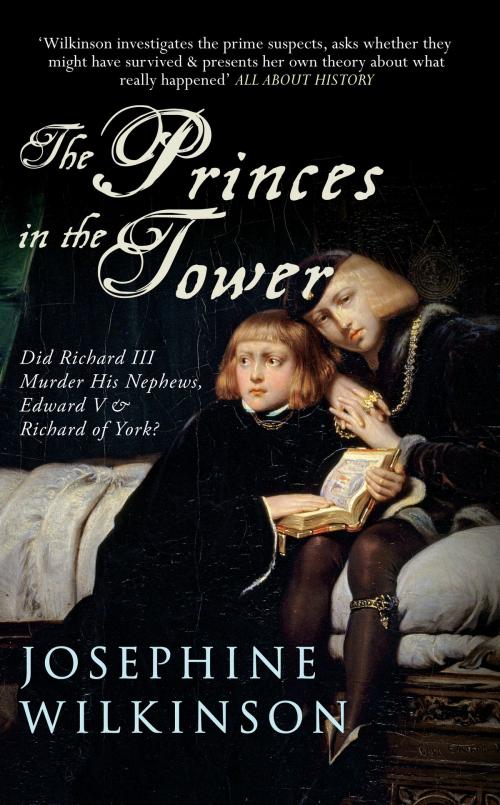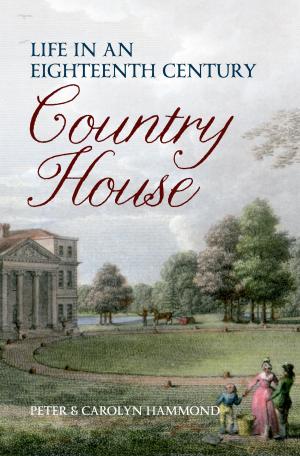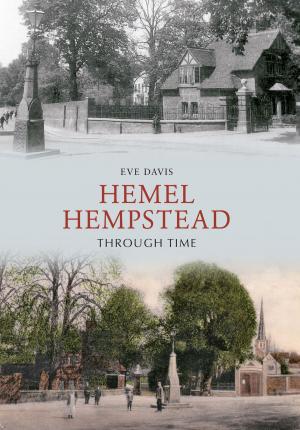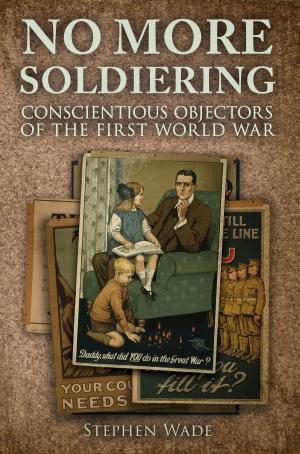The Princes in the Tower
Did Richard III Murder His Nephews, Edward V & Richard of York?
Nonfiction, History, Medieval| Author: | Josephine Wilkinson | ISBN: | 9781445619842 |
| Publisher: | Amberley Publishing | Publication: | October 15, 2013 |
| Imprint: | Amberley Publishing | Language: | English |
| Author: | Josephine Wilkinson |
| ISBN: | 9781445619842 |
| Publisher: | Amberley Publishing |
| Publication: | October 15, 2013 |
| Imprint: | Amberley Publishing |
| Language: | English |
In the summer of 1483 two boys were taken into the Tower of London and were never seen again. They were no ordinary boys. One was the new King of England; the other was his brother, the Duke of York, and heir presumptive to the throne. Shortly afterwards, their uncle, Richard, Duke of Gloucester, took the throne as Richard III. Soon after, rumours began to spread that the princes had been murdered, and that their murderer was none other than King Richard himself. Since 1483 the dispute over Richard’s guilt or innocence has never abated. The accusations, which began during his own lifetime, continued through the Tudor period and beyond, remaining a source of heated debate to the present day. For much of this time it has been taken for granted that Richard murdered his nephews to clear his path to the throne, but there are other suspects. One is Henry VII, Richard’s successor, who is alleged to have discovered the princes in the Tower following his victory at Bosworth. Recognising them as the rightful heirs to the throne, he ordered their deaths. More recently another suspect has come forward: Henry, Duke of Buckingham, who was motivated by personal and dynastic ambition. Yet the evidence that the princes were murdered at all is far from conclusive; could it be that one, or both of the princes survived? Now, in the wake of the discovery of Richard III’s remains in a car park at Leicester, it is time to revisit the question of what became of his nephews, the boys known to history as the Princes in the Tower. This study returns to the original sources, subjecting them to critical examination and presenting a ground-breaking new theory about what really happened and why.
In the summer of 1483 two boys were taken into the Tower of London and were never seen again. They were no ordinary boys. One was the new King of England; the other was his brother, the Duke of York, and heir presumptive to the throne. Shortly afterwards, their uncle, Richard, Duke of Gloucester, took the throne as Richard III. Soon after, rumours began to spread that the princes had been murdered, and that their murderer was none other than King Richard himself. Since 1483 the dispute over Richard’s guilt or innocence has never abated. The accusations, which began during his own lifetime, continued through the Tudor period and beyond, remaining a source of heated debate to the present day. For much of this time it has been taken for granted that Richard murdered his nephews to clear his path to the throne, but there are other suspects. One is Henry VII, Richard’s successor, who is alleged to have discovered the princes in the Tower following his victory at Bosworth. Recognising them as the rightful heirs to the throne, he ordered their deaths. More recently another suspect has come forward: Henry, Duke of Buckingham, who was motivated by personal and dynastic ambition. Yet the evidence that the princes were murdered at all is far from conclusive; could it be that one, or both of the princes survived? Now, in the wake of the discovery of Richard III’s remains in a car park at Leicester, it is time to revisit the question of what became of his nephews, the boys known to history as the Princes in the Tower. This study returns to the original sources, subjecting them to critical examination and presenting a ground-breaking new theory about what really happened and why.















